![]()
![]()
![]()
Use LEFT and RIGHT arrow keys to navigate between flashcards;
Use UP and DOWN arrow keys to flip the card;
H to show hint;
A reads text to speech;
49 Cards in this Set
- Front
- Back
|
Indus Valley Civilizations 3300-1300 BCE |
Harappan 8000 BCE-1900BCE: |
|
|
Aryans after 1500 B.C.E |
-indo-european people that migrated and mixed with native dravidian people of the indus valley. |
|
|
Indo-European 1500 BCE |
-migrated to the indus river valley |
|
|
Varna |
-four varnas.
(four caste system ranks) -sanskrit word for color that refers to the social classes -brahmins, kshatriya, vaishyas, shudras |
|
|
Mahavira 599 BCE–527 BCE |
founder of jainism.
jainism was inspired by the upanishads. believed that everything in the universe had a soul. practiced ahimsa- nonviolence towards other beings. didn't recognize social classes. lived ascetic life. starved himself to death. |
|
|
Karma
|
specific incarnations that a soul experienced.
the soul moves upwards in castes if the person has lived a life that was good. important because it was used by upperclass people to justify the social hierarchy and impose it. |
|
|
Rig Veda 1400-900 BCE |
tells us a lot about aryan culture.
veda=knowledge rig=praise collection of hymns. |
|
|
Ashoka 268-232 BCE |
started the mauryan dynasty.
was involved in a very bloody conflict with the people of Kalinga. had a life turn around and converted to buddhism. helped spread buddhism and encouraged its practice. wrote his edicts on pillars and natural rocks. |
|
|
Atman |
the core of a person. essentially their soul or their essence. the atman of an individual is a part of the greater atman that is everything.
|
|
|
Ahimsa
|
a principle of indian religions. nonviolence towards living things. all living beings have divine energy, so to hurt another is to hurt oneself. lots of people are vegetarian in the indian religions because of this.
|
|
|
Soma |
aryan people did drugs to alter perceptions and have godly experiences. |
|
|
Four Noble Truths |
the truth of suffering.
the truth of the cessation of suffering. the truth of the cause of suffering. the truth of the path out of suffering. (follow eightfold path) |
|
|
Eight-Fold Path
|
the way to end suffering.
right speech, right conduct, right means of livelihood, right mindfulness, right meditation, right belief, right aspiration. |
|
|
Mohenjo-Daro 26th century BCE |
indus valley civilization.
showed evidence of urban living and planning on a grand, standardized scale. had plumbing systems. |
|
|
Qin Dynasty 221 BCE-206BCE |
Founded by Qin Shihuangdi ---First imperial dynasty of China --- Qin united China after conquering six other states --- Especially Legalistic: ruled the empire following the doctrines of Legalism --- Mistrust of merchant and artist---farmers were virtue ---Move the capital to today’s Si Chuan ---universal use of a single script –many spoke language but only one written language—demilitarization of different state( don’t have military inside of empire) ---Standardized the scripts, laws, currencies, weights, and measures of various regions of China. ---Built the Great Wall: for keeping Xiong nu (the nomadic tribe) out of China ----The Burning the Books and Killing of people who advocate Confucianism |
|
|
Tao 951 BCE-960BCE |
--- Active at later Zhou period ---biggest antics of Confucianism: Opposite extreme ---understand the world and nature, let the river flow follow the harmony Immerse yourself in the nature (1083 bottom of the page) ---“the way”---“the way of nature/cosmos” ---“non action”=”Wu Wei” (1068 63): the fewer the laws and rules, the better-- Dao does nothing and yet it accomplishes everything. ---Daodejing: Laozi: envisioned Dao as a supremely passive force and spoke of it mostly in negative terms ---Yin & Yang: constant movement---together they represent the weather, birth, anything---complementary * Changing but predictable relationships of power* Forget individual existence, responding but not storing * Forget about the distinction and live boundlessly * Live is Dao not in society |
|
|
Mandate of Heaven |
the right to rule. |
|
|
Han Fei c. 280–233 BC |
synthesized legalist ideas into essays. |
|
|
The Two Handles |
under legalism only king could dispense both reward and punishment. |
|
|
yin and yang |
yin is the shadow. yang is the brightness.
yang is masculine. yin is feminine. used to describe the interconnected forces of the universe. |
|
|
zhou 1122-256 BCE |
dyansty that overthrew the shang dynasty.
decentralized administration. |
|
|
lord shang |
minister of one of the small states that challenged the zhou.
his state fully adopted legalist ideas. |
|
|
oracle bones late Shang dynasty from ca. 14th to 11th centuries BCE, to ca. 1200-1050 or more BCE |
used oracle bones to ask questions about the gods, etc. |
|
|
five classics |
the five classics became the basis of education for confucian scholars.
The book of history, the spring and autumn annals, the book of rites, the book of songs, the book of changes, and then there is a book of music, not really incorporated. |
|
|
confucius
|
chinese educator and political advisor whose teachings were compiled by his disciples.
his writings were largely practical. (how to restore social and moral order) wanted to form jungzi, or superior individuals. |
|
|
legalism
|
doctrine of practical and efficient statecraft.
wasn't about ethics and morality/ not popular among the chinese, but practical. discouraged arts, etc. believed a states focus should be its military and its agricultural output. |
|
|
Five relationships |
• these are the hierarchies that should govern and produce harmony
• one needs to learn and behave in accordance with ones status • have respect for those above one |
|
|
olmecs 1500 BCE to about 400 BCE |
meso-american society.
pyramids. social hierarchy with kings and elites. they had iconographic architecture. olmec heads with basalt rocks that supposedly represent rulers. |
|
|
kush 1070 BC - AD 350 |
egyptianized people who weren't egyptian.
used same alphabet egyptians couldn't control the area. thriving trade industry because of point on the nile. nubians. |
|
|
hegemony 8th century BCE – 6th century CE |
control through coercion and consent.
|
|
|
meroe |
was the capital of the kingdom of kush.
|
|
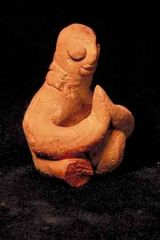
male figure in yogic posture
|
a
|
|
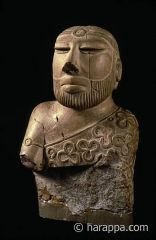
portrait of a priest
|
a
|
|

young dancer
|
a
|
|
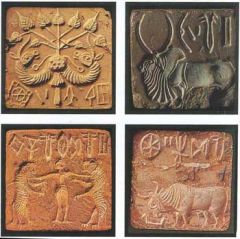
animal seals
|
a
|
|

ashoka's edict
|
a
|
|
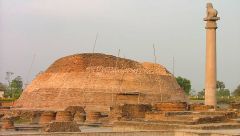
mauryan pillar
|
a
|
|
|
lion capital pillar
|
a
|
|
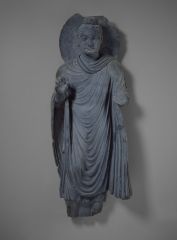
standing sakyamuni
|
a
|
|
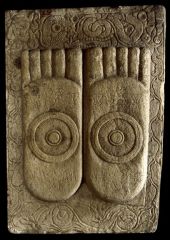
buddha's footprints (buddhapada)
|
a
|
|

two couples worshipping triratna throne with buddhapada (footprints of the buddha)
|
relief carving.
|
|
|
elephant shaped huo
|
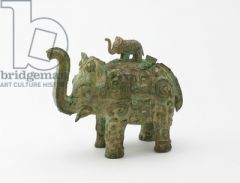
a
|
|
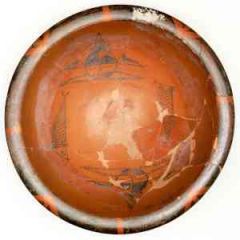
bowl with human head and fish designs
|
a
|
|

bronze and jade axe (Ko)
|
a
|
|
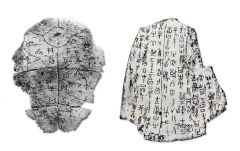
oracle bone
|
a
|
|
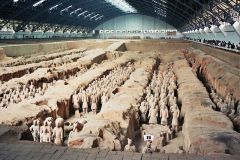
life-size soldiers
|
a
|
|
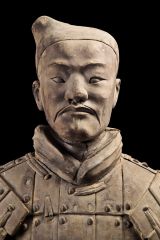
tomb of chi'in shih-huang-ti: infantryman's head
|
a
|
|
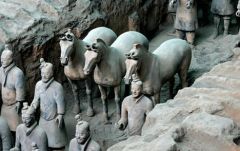
tomb of chi'in shah-huang-ti: standing soldiers and horses
|
a
|
|
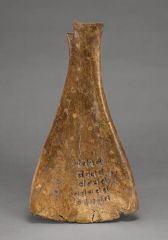
ox scapulae used for oracle taking
|
a
|

